Clearing Sewer Blockages: Effective Solutions and Preventive Measures for Unclogging and Avoiding Sewer Issues
Sewer blockages are one of the most troublesome plumbing problems homeowners can encounter. When a sewer line becomes clogged, it can lead to foul odors, sewage backups, property damage, and potential health hazards. Dealing with a clogged sewer is not only unpleasant but also requires immediate attention to prevent further damage. In this comprehensive guide, we'll explore techniques for unclogging sewers and strategies for preventing blockages in the future.
Understanding the Causes of Sewer Clogs
To effectively address sewer clogs, it's essential to understand what causes them. Sewer blockages can occur due to various factors, including:
1. Accumulation of Solid Waste: Over time, solid waste such as grease, food particles, hair, and debris can accumulate inside sewer lines, constricting the flow of wastewater and causing blockages.
2. Tree Root Infiltration: Tree roots are a common cause of sewer line damage and blockages. Tree roots seek out sources of water, and if they penetrate the joints or cracks in sewer pipes, they can obstruct the flow of wastewater and even cause pipe ruptures.
3. Flushing Non-Flushable Items: Flushing non-flushable items such as wipes, paper towels, feminine hygiene products, and cotton swabs down toilets can lead to sewer blockages. These items do not break down like toilet paper and can accumulate inside sewer lines, causing obstructions.
4. Pipe Corrosion and Deterioration: Aging sewer pipes may corrode, degrade, or collapse over time, leading to blockages and structural damage. Sediment and debris can accumulate on the interior walls of deteriorating pipes, further exacerbating the problem.
5. Incorrect Pipe Slope or Installation: Sewer lines must be installed with the correct slope to ensure proper drainage and prevent blockages. If the slope is too shallow or uneven, wastewater may not flow efficiently, leading to backups and blockages.
Unclogging Techniques
1. Hydro-Jetting: Hydro-jetting is a powerful sewer cleaning method that utilizes high-pressure water jets to dislodge debris and clear blockages from sewer lines. A specialized nozzle attached to a flexible hose delivers water at high pressures, effectively scouring the interior surfaces of pipes and flushing out obstructions.
2. Mechanical Snaking: Mechanical snaking, or sewer augering, involves using a motorized drain snake equipped with a rotating auger or cutting head to break up and remove blockages from sewer lines. The snake is inserted into the sewer line and maneuvered to navigate through the pipe and dislodge debris.
3. Chemical Treatments: Chemical treatments can be used to dissolve organic matter, grease buildup, and tree roots in sewer lines, helping to restore flow and prevent future blockages. However, chemical treatments should be used sparingly and with caution, as they can be harsh on pipes and may pose environmental risks.
4. Sewer Camera Inspection: Sewer camera inspection involves using a specialized camera mounted on a flexible rod to inspect the interior of sewer lines for blockages, damage, or other issues. By providing real-time video footage of the sewer line's condition, camera inspection allows technicians to accurately diagnose problems and determine the most appropriate course of action for cleaning and repairs.
5. Professional Maintenance Programs: Many plumbing companies offer professional sewer maintenance programs that include regular cleaning, inspection, and preventive maintenance services. These programs typically involve scheduled visits from trained technicians who use specialized equipment and techniques to keep sewer lines clear and functioning optimally.
Preventive Measures to Avoid Sewer Clogs
1. Proper Waste Disposal: Dispose of grease, food scraps, and non-flushable items properly by placing them in the trash rather than flushing them down toilets or pouring them down drains.
2. Install Drain Screens: Install drain screens or strainers in sinks, showers, and tubs to catch hair, soap scum, and other debris before it enters the sewer system. Empty the screens regularly to prevent buildup and maintain proper drainage.
3. Tree Maintenance: Regularly inspect and maintain trees and shrubs on your property to prevent root intrusion into sewer lines. Avoid planting trees near sewer lines, and consider installing root barriers to deter root growth towards pipes.
4. Regular Inspections and Maintenance: Schedule regular inspections and maintenance with a licensed plumber to identify and address potential issues before they escalate. Professional cleaning and preventive maintenance can help keep sewer lines clear and functioning properly.
5. Educate Household Members: Educate household members about proper sewer usage and the importance of responsible waste disposal practices. Encourage them to avoid flushing non-flushable items down toilets and to be mindful of what goes down drains.
Conclusion
Dealing with a clogged sewer is a challenging and often unpleasant experience, but with the right tools, techniques, and preventive measures, it's a problem that can be effectively managed. By understanding the causes of sewer clogs and employing appropriate unclogging methods, homeowners can restore sewer function and minimize disruptions to their daily lives. Moreover, by implementing preventive measures and promoting responsible sewer usage, they can reduce the likelihood of future clogs, ensuring smooth plumbing operations and a healthier environment for all.
